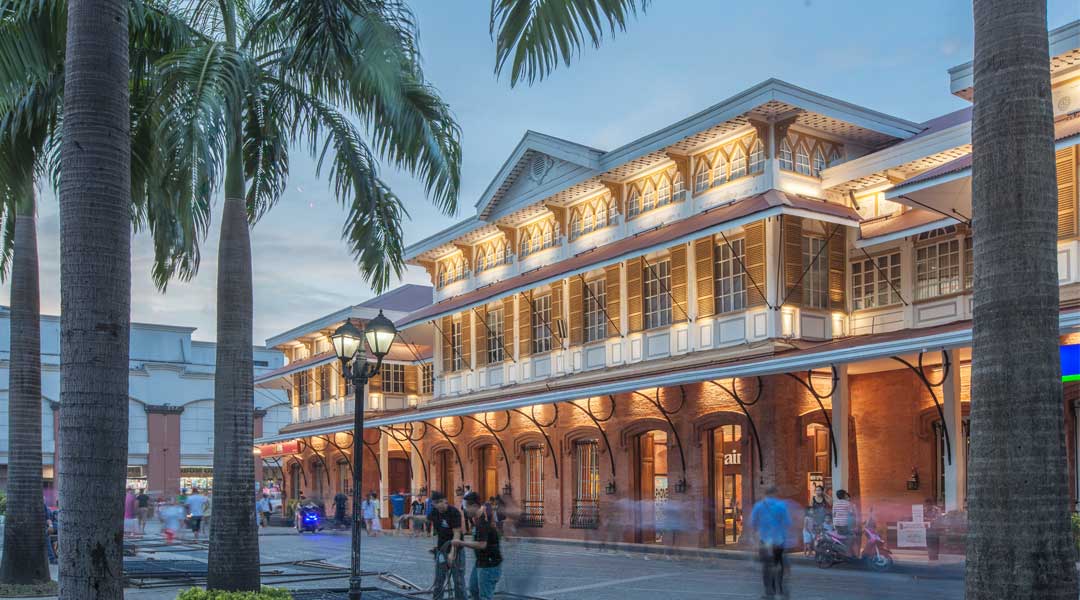
Can Malls Become Our New Public Squares? Balancing Profit and Social Responsibility
Commercial establishments have taken over the country’s landscape over the past few decades. Metro Manila alone is littered with gigantic malls, old and new, catering to different demographics. They provide centralization across the city, allowing people unprecedented access to consumer products that would be deemed unavailable in the past.
Everything you need is in a mall, and it’s easy to enjoy the convenience you experience across the board. Giant chapels are a thing of the past; it’s retrofitted to a big corner of the mall. Need to renew your passport or driver’s license? It’s just a stone’s throw from a McDonald’s or a tiangge. But while malls offer a one-stop shop for everything from groceries to shoes and books, their widespread presence has significantly reduced the availability of public spaces for people to enjoy.
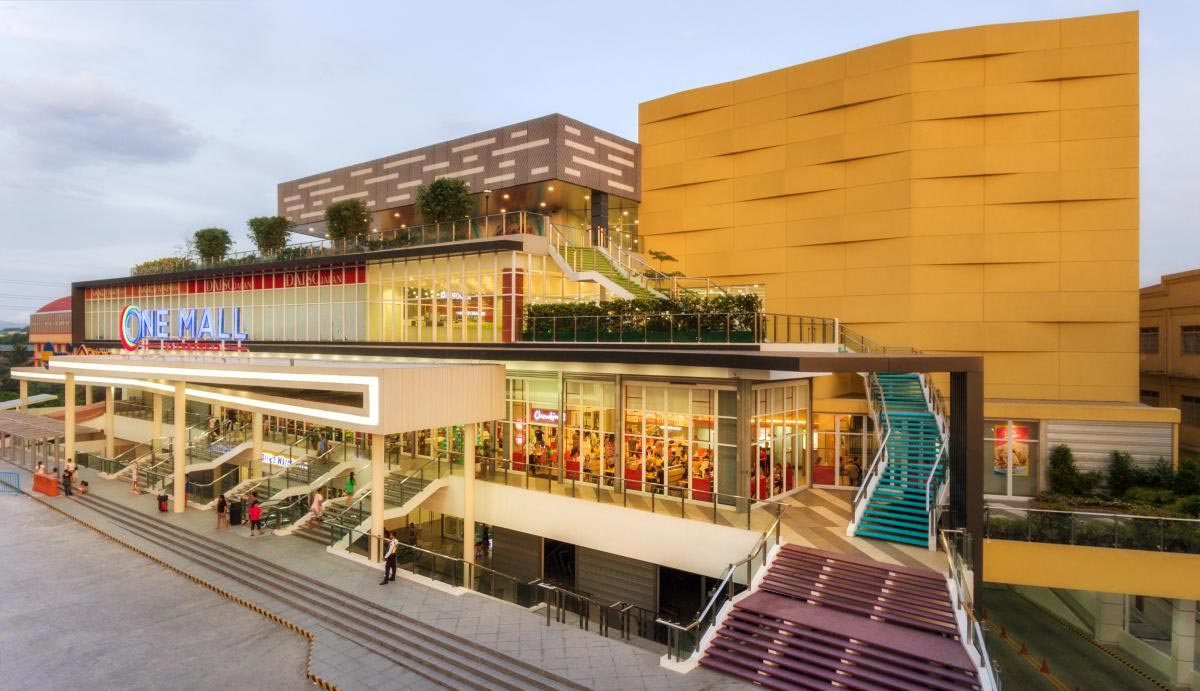
We sculpted our society towards the mall to the point they’ve become the public squares of a community. And as people become more reliant on them, much of their effect in society goes largely ignored. Building one requires a huge amount of resources. Sometimes, they literally destroy the environment around them.
They’re also a major energy sink and a produce a significant amount of waste within a concentrated area. Often doubling as transportation hubs, they’re magnets for noise, air, and light pollution. So how does this takeover of giant commercial and retail establishments affect the way we communicate as communities?
Consumerist Citizenship
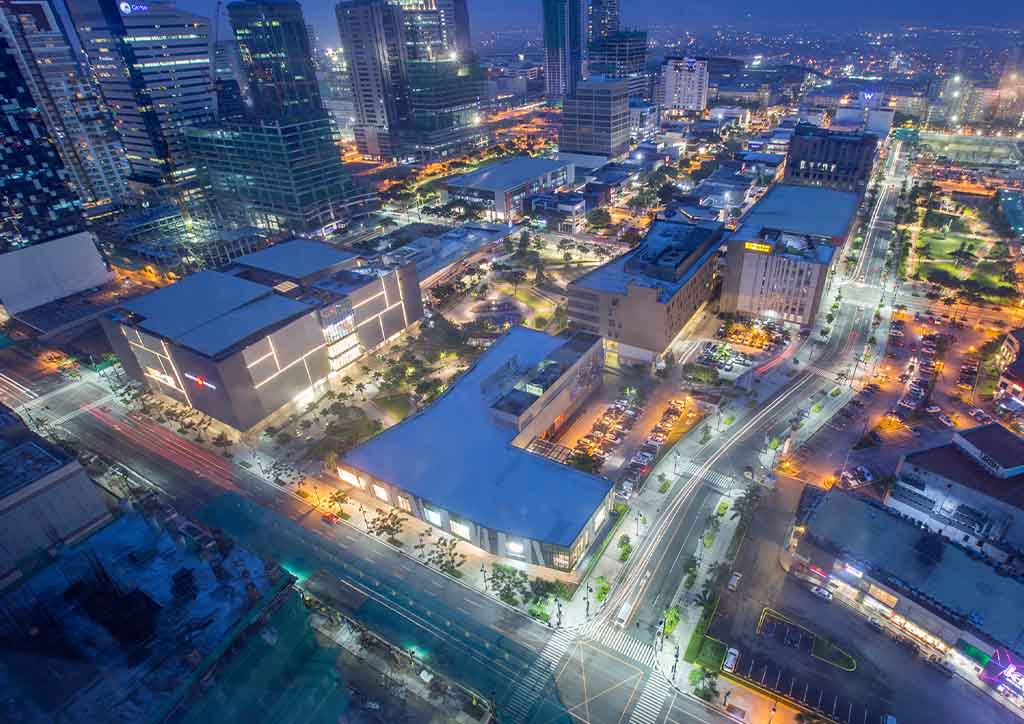
Much of today’s urbanized landscape revolves around spending and commerce. Fan communities like Swifties or the BTS Army show their loyalty through what they consume—concert tickets, multiple copies of an album, even photo cards of their favorite artists. Meeting friends involves choosing what coffee shop or restaurant to frequent. Errands are easier to run for families when everything is in the same place.
In this ideal, the mall becomes a central public square. It’s where you buy things and, by default, where people assemble. But unlike parks or traditional public spaces, access to the mall requires you pay rent in some shape or form.
A paper by Malcolm Voyce calls this “consumerist citizenship” stating, “The outcome of these practices is a form of property that is neither public nor private, but which is best seen as ‘mass public property’ or ‘quasi-public property’.”
It’s the privatization of space where people are broadly drawn by consumption and the illusion of choice. “Large tracts of property and land that was previously publicly owned are now controlled – and policed – by private corporations, though such land continues to appear to have a public character.”
Democratizing Space

The treatment of malls as public squares comes as a reaction to the lessening of actual public spaces. There are significantly less parks, markets, and other open spaces where people can just hang out and relax. The most significant public spaces available in the country are Luneta and Quezon City Circle, both of which are inaccessible to much of the mega city’s population.
Reimagining Malls as Public Squares
Recognizing this shift, malls need to reimagine their business model to integrate public spaces fostering community. This might involve improving public accessibility, offering dedicated relaxation areas, or simply creating spaces where people can exist and connect outside the pressure to consume.
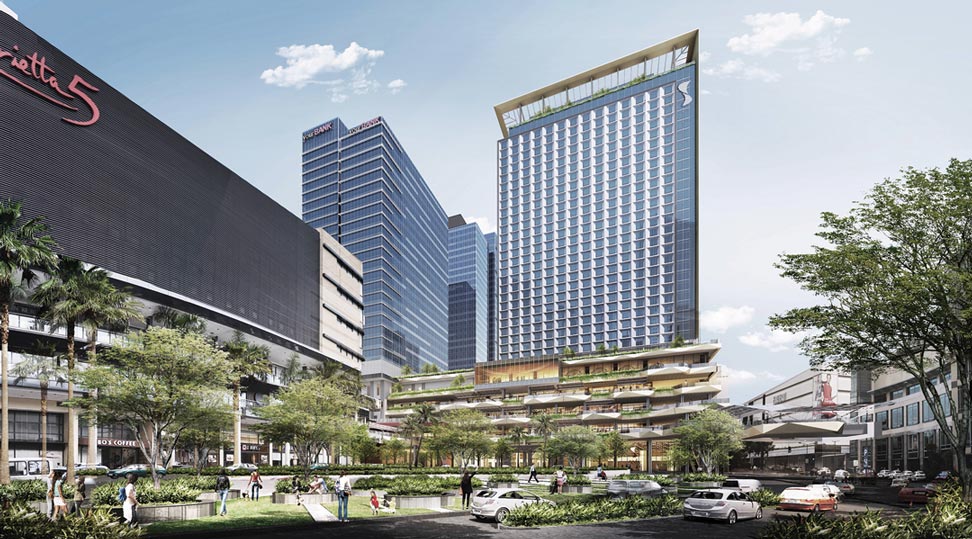
Beyond offering convenience, the proliferation of malls also highlights the critical need for green public spaces. These open areas, regardless of their free or paid access, provide invaluable opportunities for people to engage in activities beyond spending. They can participate in sports, enjoy picnics, or simply find respite under the stars. Green public spaces offer a vital platform for relaxation and community interaction, serving as a model that malls could potentially emulate by incorporating elements like rooftop gardens or open-air seating areas.
Many establishments across the country are already adopting such measures. Places like Robinsons Magnolia or Estancia Mall devote a significant portion of their places towards green spaces in their developments. Malls like UP Town and Bonifacio Global City High Street integrate their shops around expansive green spaces, fostering walkable and open areas for relaxation, even without making a purchase.
The Future of Malls
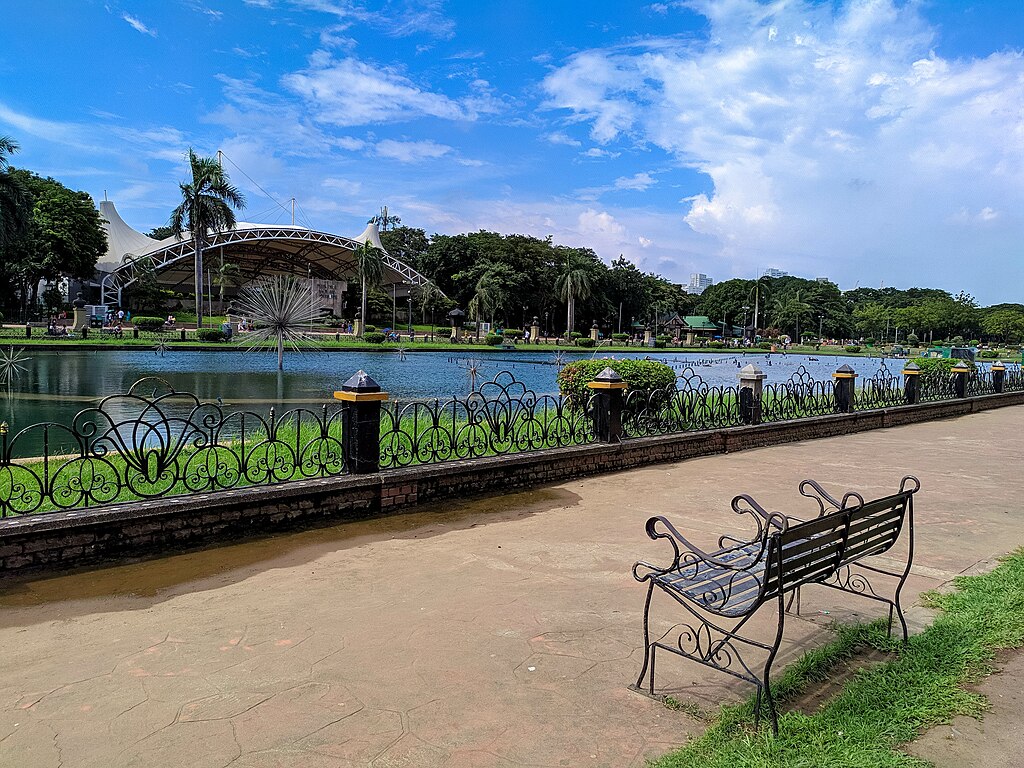
The mall as a public space is, of course, an intentional move by companies to drive customers to their establishments. However, when they fail to fulfill this function, they become “dead malls,” a growing problem in U.S. suburbs. The rise of online shopping is often blamed, suggesting consumers see malls as less essential.
While attracting customers is good business, the key difference is that true public spaces like squares are accessible to everyone, regardless of income. These spaces host community programs and often prioritize pedestrians over cars, creating a more vibrant and inclusive environment.
Examples like BGC High Street demonstrate the possibility of creating large commercial areas that also function as vibrant public spaces. However, the challenge remains for companies to find a balance between achieving profit and fulfilling their responsibility to create inclusive spaces where people can simply coexist.
In the Philippines, malls have, for better or worse, become like our public squares. Considering this reality, the way companies approach this responsibility can significantly impact the country’s future development.


